SSH or how to remotely control a UNIX system in a secure manner. The SSH keys is a secure method to interact with a UNIX system remotely. They are also used to transfer data between different systems. Using clever cryptography anyone can use them. As their name state it is a pair of keys, one […]
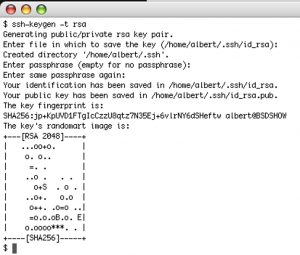
SSH keys
FreeBSD particularities
As some others unix-like operating systems FreeBSD has some particularities aside to the UNIX heritage, licensing and the like. The init system is the way a system starts up and the BSD has always been different. If you happen to be a UNIX admin I am sure you are aware of this and the folks […]

How to connect a FreeBSD box to the internet through an Android device via an USB port
FreeBSD is known to be very suitable for computer servers, from Netflix streaming to Whatsapp messaging as powerful examples. Some also use FreeBSD as a workstation OS. I am one of those using BSD on both camps, although I also use some GNU/Linux boxes for ‘trivial’ purposes. In modern times having an internet connection seems […]
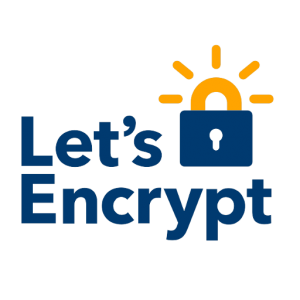
A brief introduction to SSL/TLS certificates
SSL stands for Secure Sockets Layer and it an old implementation of a crytographic protocol. TLS, or Transport Layer Security, is a new one. They are both used to have privacy in the communications between different parties. They are used to secure email, web browsing, instant messaging, etc These protocols work in a complex way […]
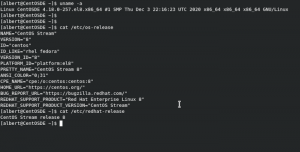
The CentOS party is over, isn’t it?
Disclaimer: What you are about to read may contain inaccuracies. Feel free to discuss them somewhere else. This is also my opinion and as such it may change through time, maybe tomorrow, next month, next year, next decade or never. I do also make very few reviews (if any) of what I write here, so […]

Abandon Linux. How to install iocage to manage FreeBSD Jails
The iocage program is a python 3 piece created to manage FreeBSD Jails leveraging the underpinning ZFS file system on FreeBSD. As already explained on previous articles the FreeBSD operating system offers an OS-level virtualization system called Jails. And as described on past articles it can benefit administrators and developers alike. This is a simple […]

How to install Drupal 8 on FreeBSD
NOTE: Drupal 8 will be soon oudated. A newer article to be released on October 24th on how to install Drupal 9 on FreeBSD can be found here. This is a quick, simple yet effective tutorial on how to install Drupal 8 on FreeBSD. Drupal is a robust, complete well stablished CMS used on many […]
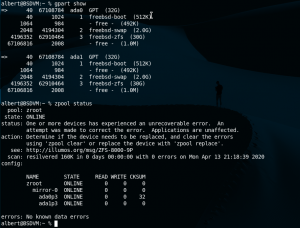
How to mirror disks on FreeBSD’s ZFS
This article is not going to be a long, detailed, specialized how to. I just wanted to share the ease and the fantastic quality of ZFS for a dead simple need I had. A spare box with a spare disk doing nothing could be repurposed as a file share box at home. Mirroring the two […]

A word on Spectre and Meltdown
As professionals and many aficionados know, early this year some widespread vulnerabilities were found on Intel CPU’s as well as on AMD’s. It was a bit later discovered the flaws also affected some RISC architectures such as Power and ARM. Everybody went nuts and the world seemed to be tumbling because of two CPU vulnerabilities […]
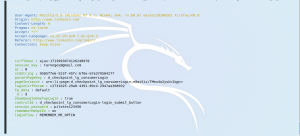
Web credentials stealing
The theft of credentials has been occurring since almost the beginning of time. But of course when the web ‘happened’ and specially when e-commerce exploded stealing passwords also went on the rise. Emptying bank accounts, ordering stuff on behalf (and expenses) of others, spying, even impersonation was and is achieved by stealing credentials. Luckily for […]
